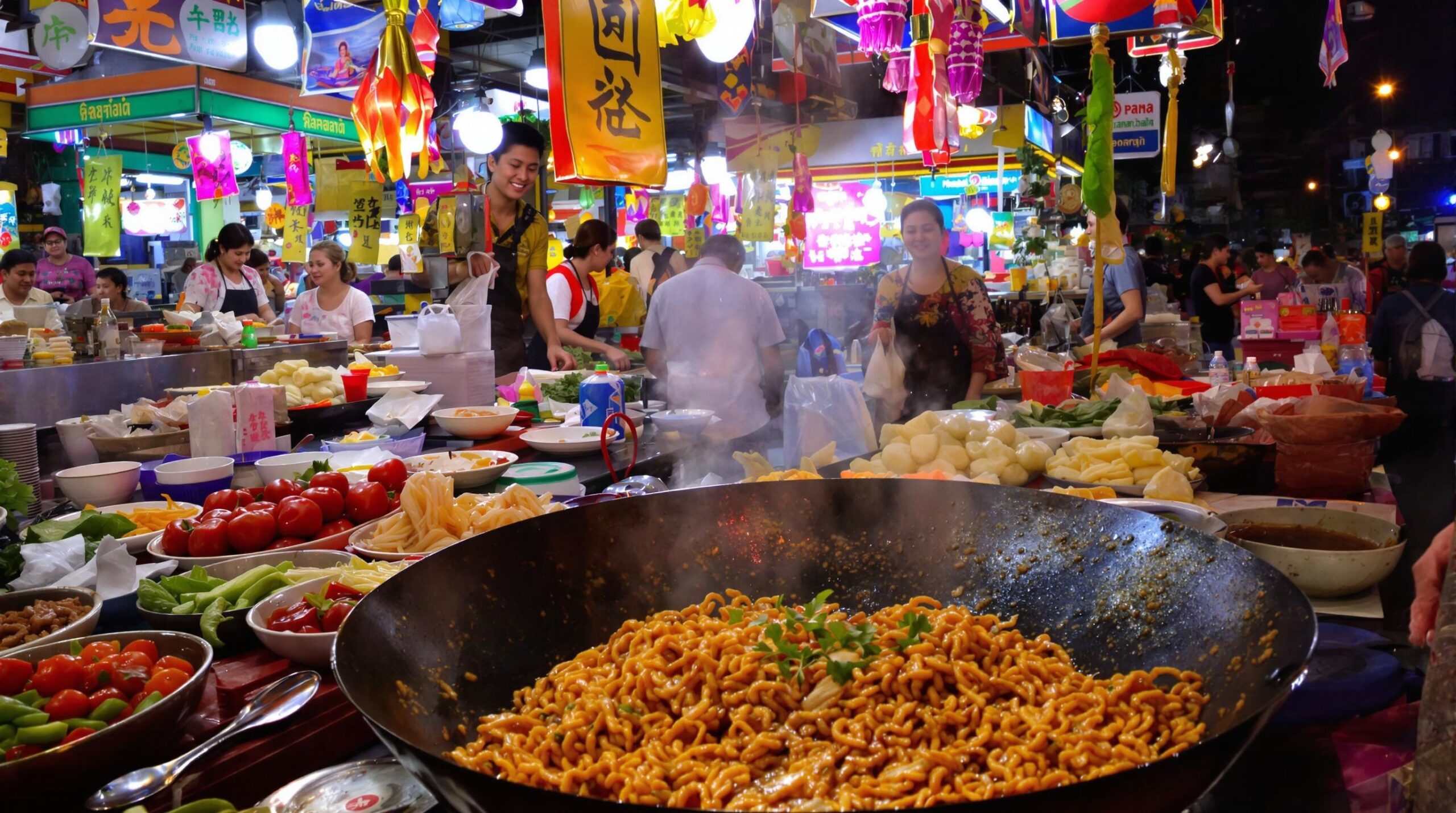Unlocking the Authentic Flavors of Thailand: A Culinary Journey You Can’t Miss!
Thai food. Just the words conjure up images of fragrant spices, vibrant colors, and an explosion of flavors. But what truly sets Thai cuisine apart? It’s more than just peanut sauce and spring rolls. It’s a delicate balance of sweet, sour, salty, spicy, and umami, a culinary symphony that tantalizes your taste buds and leaves you craving more.
Beyond Pad Thai: Exploring the Diverse Regions of Thailand
While Pad Thai may be the gateway dish for many, it’s just the tip of the iceberg. Each region of Thailand boasts its own unique specialties, influenced by local ingredients and culinary traditions:
- Central Thailand: Known for its refined cuisine, featuring dishes like Tom Yum soup (a hot and sour soup with lemongrass, galangal, and chilies) and Green Curry (a creamy coconut milk-based curry with green chilies and Thai basil).
- Northern Thailand: Influenced by neighboring Burma and Laos, Northern Thai cuisine features milder flavors and dishes like Khao Soi (a creamy coconut curry noodle soup) and Sai Oua (Northern Thai sausage).
- Northeastern Thailand (Isan): Rustic and bold, Isan cuisine is characterized by its use of fermented fish sauce (Pla Ra), grilled meats, and sticky rice. Must-try dishes include Som Tum (papaya salad) and Larb (minced meat salad).
- Southern Thailand: Dominated by coastal flavors, Southern Thai cuisine features an abundance of seafood, coconut milk, and turmeric. Popular dishes include Massaman Curry (a mild, Indian-influenced curry) and Gaeng Tai Pla (a spicy fish curry).
The Secret Ingredients: Building Blocks of Thai Flavor
Understanding the key ingredients in Thai cooking is crucial to appreciating the cuisine’s complexity:
- Chilies: From mild to fiery, chilies are essential for adding heat and complexity.
- Lemongrass: A fragrant stalk with a citrusy aroma, used in soups, curries, and stir-fries.
- Galangal: Similar to ginger but with a more peppery and citrusy flavor.
- Kaffir Lime Leaves: Impart a distinctive citrus aroma and flavor to curries and soups.
- Fish Sauce (Nam Pla): The cornerstone of Thai cuisine, adding a salty and umami flavor.
- Shrimp Paste (Kapi): A pungent fermented shrimp paste used sparingly for depth of flavor.
- Coconut Milk: Adds richness and creaminess to curries and desserts.
Embark on Your Own Thai Culinary Adventure
Whether you’re dining at your favorite Thai restaurant or trying your hand at cooking at home, exploring Thai cuisine is a rewarding and delicious experience. Don’t be afraid to venture beyond the familiar and discover the hidden gems of this vibrant and flavorful culinary tradition. So, go ahead, take a bite, and let your taste buds travel to Thailand!


